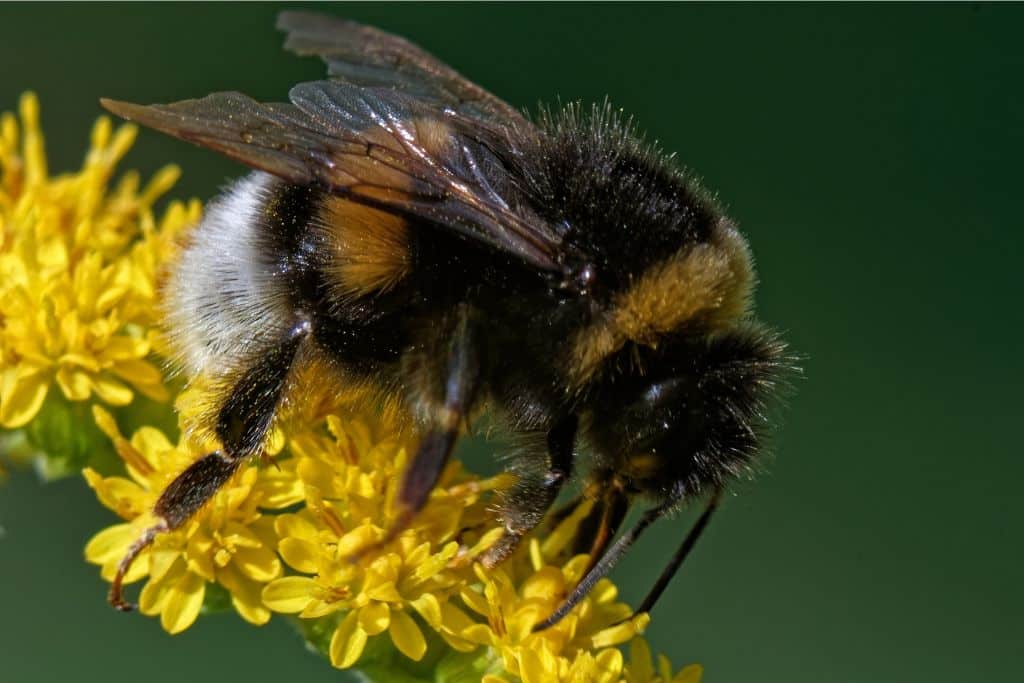Over the past century, bees have become stressed by climate change. Hotter ad wetter conditions can even affect the wings of bumblebees, a study found.
—
An analysis of bumblebees from a network of UK institutions published on Wednesday in the Journal of Animal Ecology found that pollinators can develop asymmetric wings as a result of climate stress.
Over the 21st century, hotter and wetter conditions have contributed to increased stress among bee populations, which affects their growth and can lead to the development of asymmetrical wings.
Published on Wednesday, the study – the first of its kind –examined the body shapes of bee specimens from the past 100 years. The scientists found that bumblebees showed a higher level of wing asymmetry in hotter and wetter years, concluding that climate change-induced stress plays a role in the pollinators’ development.
The analysis of four bumblebee species found in the UK evidenced that climate stress among the animals got progressively higher as the century progressed, with its lowest point around the mid-1920s.
You might also like: UK Government Launches Plan to Preserve Honey Bee Populations
The research provides a huge contribution to the scientific community, offering important evidence for how environmental factors can and will likely impact future insect populations. One of the authors of the paper, Dr Andres Arce, said: “Our goal is to better understand responses to specific environmental factors and learn from the past to predict the future.”
“We hope to be able to forecast where and when bumblebees will be most at risk and target effective conservation action.”
Scientists from Imperial College London and the Natural History Museum published a second paper in Methods in Ecology & Evolution. The team of researchers successfully sequenced the genomes of more than a hundred bumblebee museum specimens dating back to the 19th century through a method that up until now was only used to study woolly mammoths and ancient humans.
Dr Victoria Mullin, one of the authors, said: “Museum insect collections offer an unparalleled opportunity to directly study how the genomes of populations and species have been affected by environmental changes through time. However, they are a finite resource and understanding how best to utilise them for genetic studies is important.”
The new reference genome will be used for further research aimed at investigating how bee populations have evolved and adapted to changing ecosystem conditions.
You might also like: Climate Change Threats Against the Honey Bee and Endangered Bee Species


















